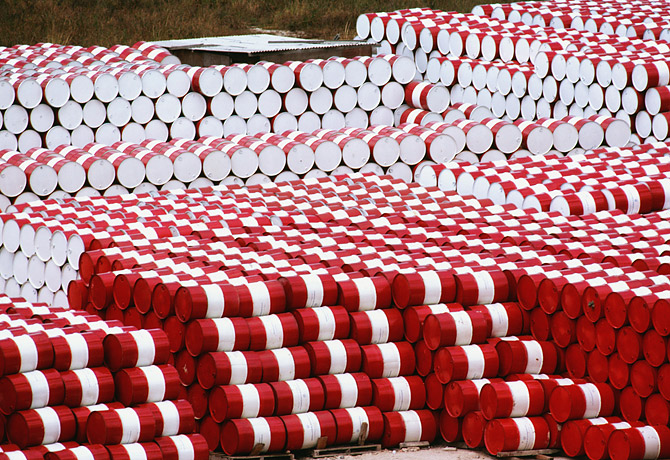Country’s import bill of oil increased by 95.9 per cent to $17.03 billion during July-April Financial Year (FY) 2022 compared to $8.69 billion during the same period last year while
According to Pakistan Economic Survey 2021-22, the surge in oil import bill is attributed to increases in value as well as increase in demand as the import of petroleum products went up by 121.15 percent in value and 24.18 percent in quantity. The crude oil imports rose by 75.34 percent in value and 1.4 percent in quantity during the period under review.
“Higher oil prices in the global market and massive depreciation of the Pakistani rupee is making oil more expensive, triggering external sector pressure and widening [the] trade deficit of the country,” said Pakistan Economic Survey 2021-22.
It added that the import bill of oil has increased by 95.9 per cent to $17.03 billion during July-April FY2022 compared to $8.69 billion during the same period last year.
As per the Pakistan Economic Survey 2021-22, liquefied natural gas (LNG) has witnessed an increase of 82.90 percent in value, while liquefied petroleum gas (LPG) imports also jumped by 39.86 percent during July-April FY2022.
The scarce natural gas reserves of the country are quickly depleting due to substantial increase in the demand for gas, putting huge pressure on the limited natural gas reserves of the country. Government is looking for both short as well as long-term alternatives solutions to respond effectively to the substantial energy requirements.
Keeping in view the rising demand for energy, the government is focusing on developing new exploratory wells to increase the supply of natural gas. In addition to that, LNG and piped gas are being imported. In the FY2021, around 373 million MMBTU of LNG gas worth around US$3.4 billion was imported. This corresponds to around 30 percent of the total natural gas consumption in the country. During July-Feb FY2022, 75.64 percent gas is domestically produced, while 24.36 percent of gas is being imported, said the survey.
It is also learnt that the electricity generation configuration has relied heavily on the imported coal as the contribution of imported coal in electricity generation from coal remained 75percent.
Currently, the overall electricity generation from coal has reached 5280 MW. Thar coal is contributing 1,320 MW, while imported coal contribution in electricity generation is 3,960 MW which is around 75 percent of the total electricity generation from coal in the country.
Thar has the largest coal reserves in the country which has been actively developed in recent years. The first Thar plant, having capacity of 660 MW, became operational in the first quarter of FY2020.
It is pertinent to mention that currently, the Hydro installed capacity is 10,251 MW which is around 25 percent of the total installed capacity while the estimated total hydropower potential of Pakistan is around 60,000 MW and the country is not utilizing full potential and using nearly 16 percent of the total hydropower potential.
Similarly, it is estimated that Pakistan can generate 50,000 MW from wind. The contribution of wind in the total installed capacity is 4.8 percent and currently stood at 1,985 MW. Likewise, the potential for solar power in Pakistan is also high and the installed capacity of solar is 600 MW which is around 1.4 percent of the total installed capacity. Moreover, Pakistan is also producing energy from nuclear technology whose contribution is increasing gradually. The gross capacity of the nuclear power plants was 2,530 MW that supplied about 7,076 million units of electricity to the national grid during July-March FY2021. The gross capacity of nuclear power plants has increased by 39 percent and it stood at 3,530 MW that supplied 12,885 million units of electricity to the national grid during July-March FY2022.
Besides, the first ten months of the current fiscal year has not seen any major shift in the consumption pattern of electricity. The share of households in electricity consumption has slightly declined from 49.1 percent in FY2021 to 47.0 percent in FY2022. Electricity consumption in the commercial sector has also witnessed a decline and stood at 7 percent in FY2022, down from 7.4 percent in FY2021. However, the share of Industry in electricity consumption has increased to 28 percent during July-April FY2022 from 26.3 percent during July-April FY2021. The use of electricity in the agriculture sector has slightly increased to 9 percent from 8.9 percent. The share of electricity consumption in other sectors, including public lighting, general services and other government traction has decreased to 8 percent from 8.3 percent, said Pakistan Economic Survey 2021-22.




